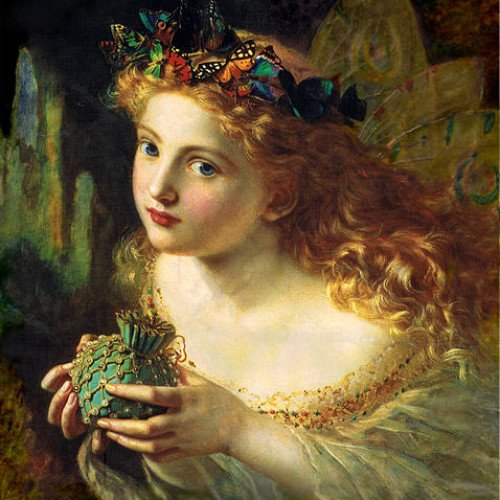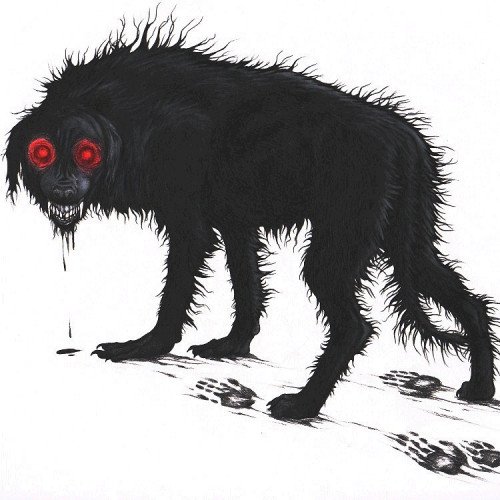Vote on Mythical creatures: Fairy vs Black dog (ghost)

Fairy
A fairy (also fay, fae, fey, fair folk, or faerie) is a type of mythical being or legendary creature found in the folklore of multiple European cultures (including Celtic, Slavic, German, English, and French folklore), a form of spirit, often described as metaphysical, supernatural, or preternatural. Myths and stories about fairies do not have a single origin, but are rather a collection of folk beliefs from disparate sources. Various folk theories about the origins of fairies include casting them as either demoted angels or demons in a Christian tradition, as deities in Pagan belief systems, as spirits of the dead, as prehistoric precursors to humans, or as spirits of nature. The label of fairy has at times applied only to specific magical creatures with human appearance, magical powers, and a penchant for trickery. At other times it has been used to describe any magical creature, such as goblins and gnomes. Fairy has at times been used as an adjective, with a meaning equivalent to "enchanted" or "magical". It is also used as a name for the place these beings come from, the land of Fairy. A recurring motif of legends about fairies is the need to ward off fairies using protective charms. Common examples of such charms include church bells, wearing clothing inside out, four-leaf clover, and food. Fairies were also sometimes thought to haunt specific locations, and to lead travelers astray using will-o'-the-wisps. Before the advent of modern medicine, fairies were often blamed for sickness, particularly tuberculosis and birth deformities. In addition to their folkloric origins, fairies were a common feature of Renaissance literature and Romantic art, and were especially popular in the United Kingdom during the Victorian and Edwardian eras. The Celtic Revival also saw fairies established as a canonical part of Celtic cultural heritage.
Statistics for this Xoptio

Black dog (ghost)
A black dog is a motif of a spectral or demonic entity found primarily in the folklore of the British Isles. The black dog is essentially a nocturnal apparition, in some cases a shapeshifter, and is often said to be associated with the Devil or described as a ghost or supernatural hellhound. Its appearance was regarded as a portent of death. It is generally supposed to be larger than a normal dog and often has large glowing eyes. It is sometimes associated with electrical storms (such as Black Shuck's appearance at Bungay, Suffolk) and also with crossroads, places of execution and ancient pathways.The origins of the black dog are difficult to discern. It is uncertain whether the creature originated in the Celtic or Germanic elements of British culture. Throughout European mythology, dogs have been associated with death. Examples of this are the Cŵn Annwn (Welsh), Garmr (Norse) and Cerberus (Greek), all of whom were in some way guardians of the Underworld. This association seems to be due to the scavenging habits of dogs. It is possible that the black dog is a survival of these beliefs. Black dogs are generally regarded as sinister or malevolent, and a few (such as the Barghest and Shuck) are said to be directly harmful. Some black dogs, however, such as the Gurt Dog in Somerset and the Black Dog of the Hanging Hills in Connecticut, United States, are said to behave benevolently. Some, known as guardian black dogs, guide travellers at night onto the right path or guard them from danger.